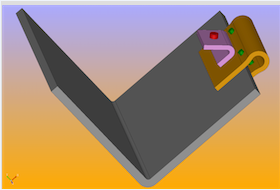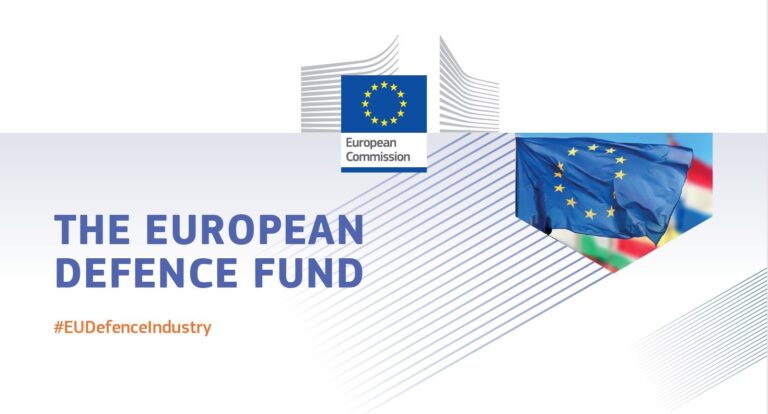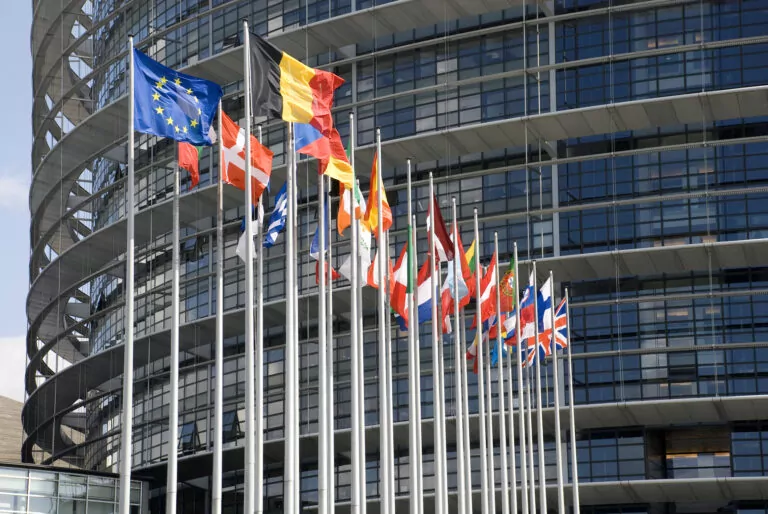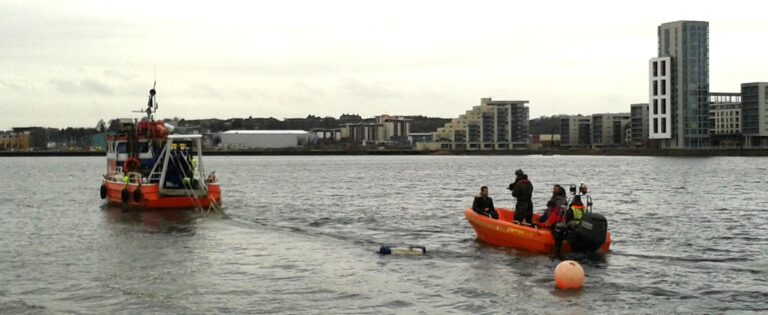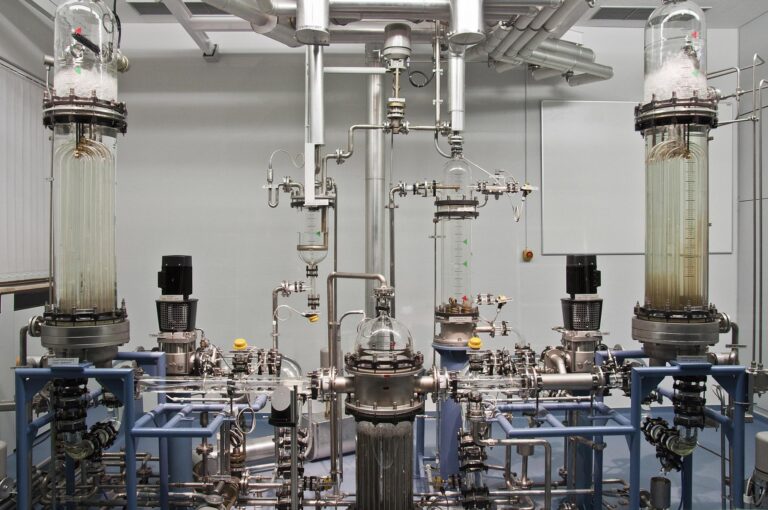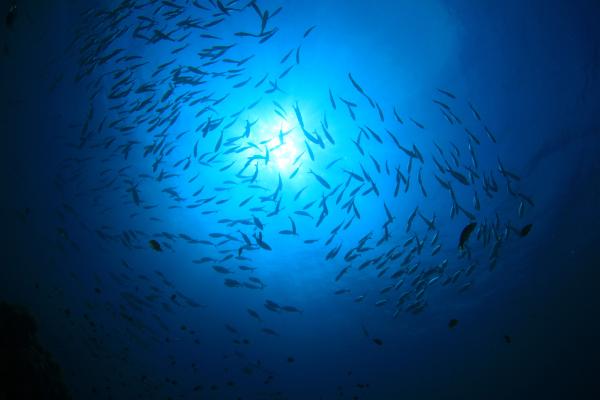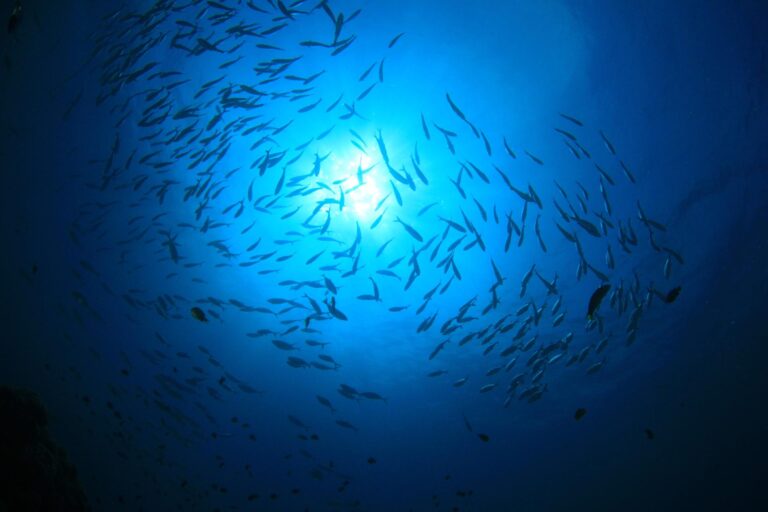Result description
L-shaped profile types are selected since they are very easy to mount and their buckling behavior is ameliorated with the introduction of brace lacing. The profiles investigated are of certain slenderness and with the introduction of various bracing motives the profiles are of class 3 and 4. Aiming to contribute to better understanding of the structural behavior of the L-shaped profiles, the present research work focuses on the development of reliable numerical models along with the use of analytical equations in order to predict accurately and interpret the structural response of the cross-sections against buckling. The bracing chosen based on structural and geometrical criteria is the V-shaped brace and specimens with varying brace density are analyzed and compared. From the comparison between the analytical and the numerical results valuable conclusions can be taken regarding the structural behaviour of L-shaped profiles with internal bracing and their applicability on wind turbine tower structures.
Addressing target audiences and expressing needs
- Collaboration
- Fellowship to advance my/our research
We are in need of collaborators to further develop the technology of mechanical bonding and internal stiffening of angular steel members.
- Research and Technology Organisations
- Academia/ Universities
- Private Investors
R&D, Technology and Innovation aspects
Some preliminary lab tests have already been implemented. The next steps that need to be followed is the introduction of further testing campaigns in order to contribute to policy making.
If this stiffening concept is led to mass production, economies of scale could be achieved due to the minimization of initial contruction cost.
The concept could be constructed by any steel producer. Therefore an IPR strategy is imperative and maybe a patent of the stiffening pattern along with the mechanical bonding should be beneficial.
If proved valuable, these new structural members could be used in steel structures for achieving robust design resistant to buckling with minimal weight, material and initial cost.
Result submitted to Horizon Results Platform by THE UNIVERSITY OF BIRMINGHAM

